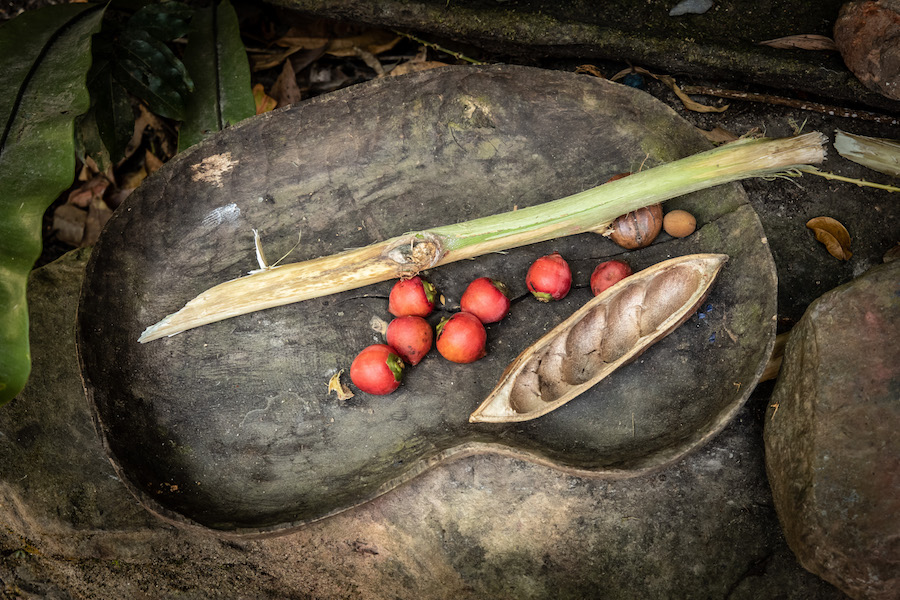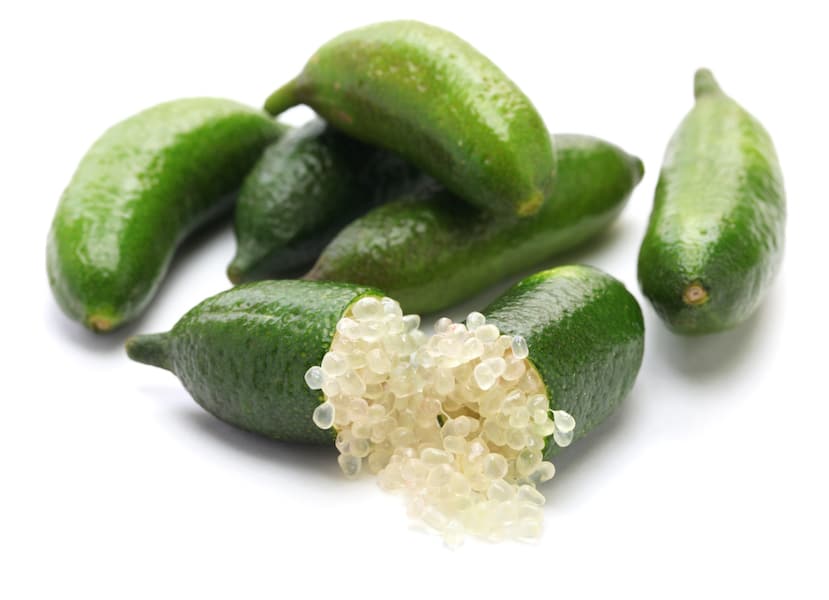May 05, 2021 by Mark Dingley
Kombucha, hemp and fake meat might be all the rage right now but there’s one growing food trend that is uniquely Australian – native ingredients.
A number of globally celebrated Australian restaurants (including Attica in Melbourne and Orana in Adelaide) are looking to inspire their diners’ palates with menus filled with indigenous ingredients. At the 2019 Melbourne Cup, the Birdcage marquee served a four-course menu that was awash with native ingredients.
It doesn’t stop with eateries either – there is a growing number of gins, beers, chocolate makers and more who have chosen to focus on recipes that celebrate Australian local ingredients.
But why is this?
In part, it’s due to their high nutritional value and their unique flavours. A bigger reason behind the trend, however, is sustainability. More people have come to the realisation that native ingredients are the best things we can plant and grow. In fact, they could save huge amounts of water as well as remove the chemical treatments used in traditional farming.
With native ingredients cropping up in restaurants and stores all over the country, the possibilities are truly exciting.
Here are just 5 of the native ingredients that you should know about:

Did you know that the Kakadu plum has the highest vitamin C content of any fruit in the world? It’s up to 100 times more than an orange! Thanks to its exceptional nutritional and antiseptic properties, it’s been an important food and medicine here in Australia for thousands of years – and it’s actually now being used in Alzheimer’s research.
Whilst the fruit is only harvested and consumed from March through to June, the tree sap can be used year-round to treat joint inflammation and the bark can be used to treat burns, rashes and infections.
Try it for yourself – Kakadu Plum Co. sells a delicious Kakadu plum powder that can be sprinkled on smoothies.
The fruit of a rare rainforest tree that is native to Australia’s northern coast, the finger lime has long been a valuable source of food and medicine for Aboriginal people (much like the Kakadu plum).
Not only is the fruit delicious, it’s filled with many important vitamins and minerals (including folate, potassium, vitamin C and vitamin E) - it’s actually an important antioxidant in human cell protection and disease prevention.
Try it for yourself – Four Pillars, a popular Australian gin company, uses finger limes in their Navy Strength Gin.
With wattle growing throughout Australia’s desert and arid areas, it’s no surprise that the seeds have been used as a food source by our indigenous population. The seeds removed from their pods, then dried and roasted and ground into flour. Once mixed with water, it creates a doug which can be then cooked on the fire.
It’s become so popular that growers are struggling to keep up with demand. Thanks to its delicious coffee, chocolate and hazelnut flavour, wattleseed is being used in hot or cold drinks, baked goods and even raw-food recipes – it's actually a good substitute for vanilla.
Try it for yourself – ice cream brand Connoisseur have launched Wattleseed and Hazelnut ice creams, which include a roasted wattleseed sauce.
Traditionally a healing plant, the leaves of the lemon myrtle plant provide a real boost in vitamins, nutrients and minerals. Typically, the leaves are dried and milled to be enjoyed as a tea or steam-distilled to produce a wonderful smelling essential oil. The sweet and aromatic flavour of this Australian shrub makes it a great addition to a variety of recipes.
Try it for yourself – Koko Black collaborated with Australian chef, Dan Hunter, on the creation of their Lemon Myrtle and Venezuelan chocolate.
Also known as the ‘wild peach’, the quandong is actually a berry that grows throughout most of southern Australia. It’s a brilliant source of vitamin C and E, as well as folate, magnesium and calcium. It’s also rich in iron and zinc, which actually makes it a fantastic substitute for meat. The Pitjantjatjara men of the Central and Western Deserts would traditionally dry and store the berries so that they could be used when meat was scarce.
Try it for yourself – Black Gate distillery created a liqueur (known as Quandong Kernel Eau de Vie) for Rene Redzepi’s Sydney pop up restaurant, Noma.
Quandong beer is also being brewed in Albany and a gin created in Margaret River.
Other indigenous ingredients you might be interested in include:

If you’re looking for more information on native ingredients, we recommend checking out Australia’s first database of indigenous foods, which was compiled by the Orana Foundation. There are more than 1,500 ingredients on the list.